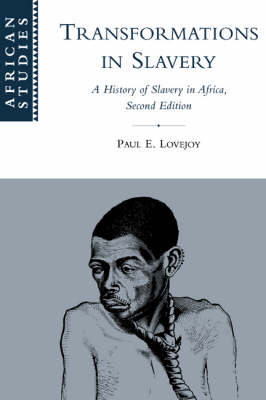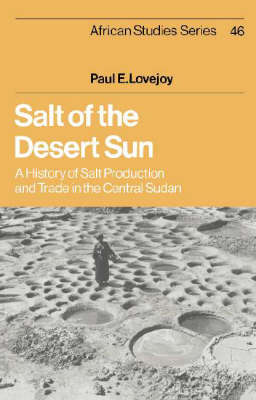African Studies
2 total works
This history of slavery in Africa from the fifteenth to the early twentieth century examines how indigenous African slavery developed within an international context. Professor Lovejoy discusses the medieval Islamic slave trade and the Atlantic trade as well as the process of enslavement and the marketing of slaves. He considers the impact of European abolition and assesses slavery's role in African history. The book corrects the accepted interpretation that African slavery was mild and resulted in the slaves' assimilation. Instead, slaves were used extensively in production, although the exploitation methods and the relationships to world markets differed from those in the Americas. Nevertheless, slavery in Africa, like slavery in the Americas, developed from its position on the periphery of capitalist Europe. This second edition revises all statistical material on the slave trade demography and incorporates more recent research with an updated bibliography.
In this study of salt production and trade, Professor Lovejoy examines the interaction between ecology, technology and social structure as a means of analysing the organisation of the salt industry of the Sokoto Caliphate and Borno. By concentrating on the late nineteenth and early twentieth centuries, Lovejoy is able to establish a base-line from which to interpret earlier changes in the salt trade and thereby assess the impact of politics and economy on the history of the trade. By the end of the nineteenth century, production depended upon a combination of slavery, free migrant peasants, and workers from the haddad artisan caste. A complex marketing network serviced the various salines, although this network was intimately connected with the distribution of other commodities, especially textiles, grain and livestock. An examination of this marketing system reveals patterns of immigration and social advancement that are important in understanding the social history of the central Sudan.

